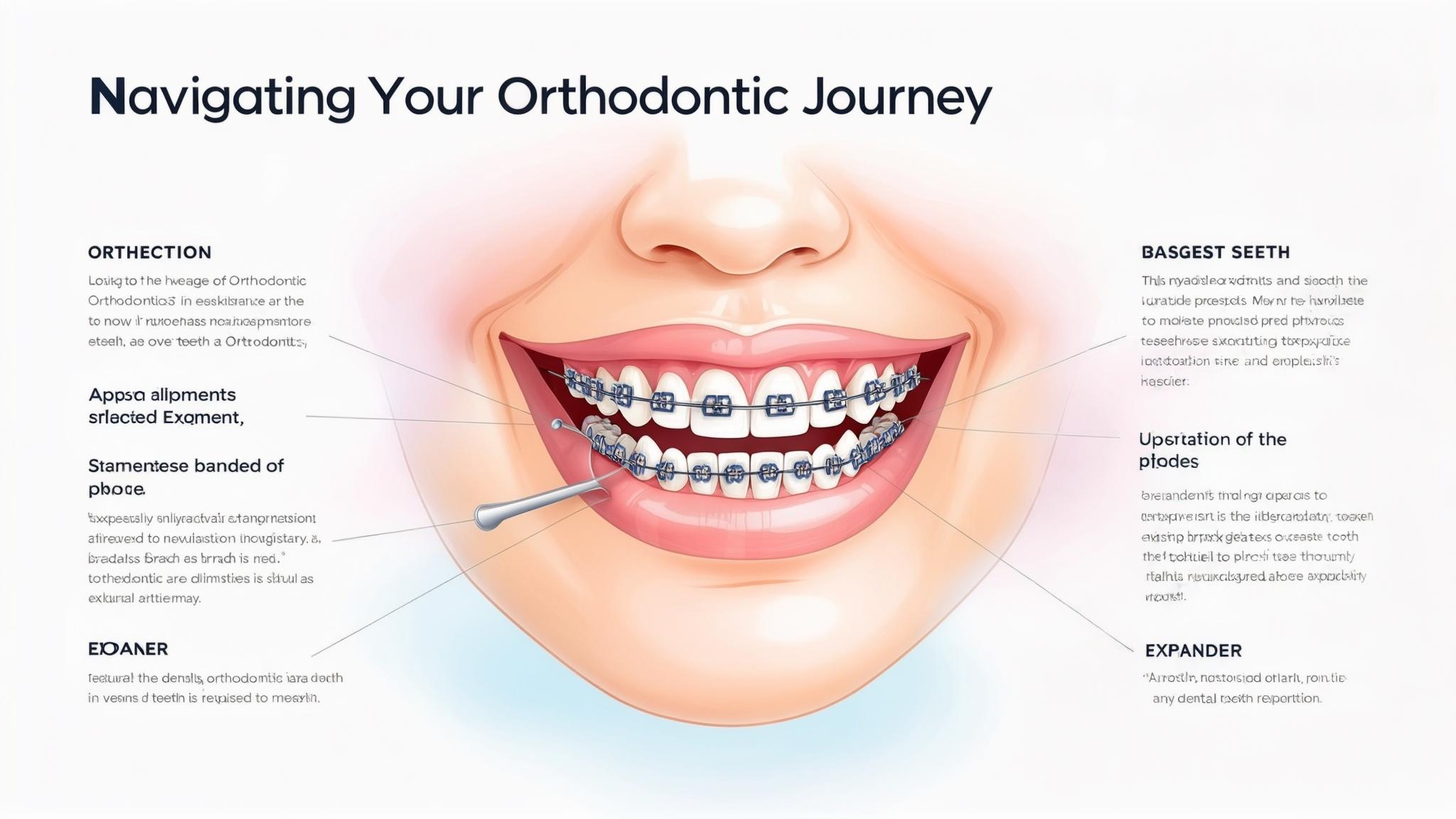Understanding Orthodontics
Orthodontics is a specialized field of dentistry focused on diagnosing, preventing, and correcting misaligned teeth and jaws. It plays a crucial role in dental health by improving both the function and appearance of the teeth. People often seek orthodontic treatment for a variety of reasons, including misaligned teeth, which can make chewing difficult and affect oral hygiene. Bite issues, such as overbites, underbites, and crossbites, can lead to jaw pain and uneven wear on teeth. Additionally, many individuals pursue orthodontics for aesthetic concerns, aiming for a confident smile.
Overview of Braces
Braces are a common orthodontic tool used to align and straighten teeth. They consist of several components:
- Brackets: Small squares attached to each tooth, serving as anchors for the braces.
- Archwires: Thin metal wires that connect the brackets and apply pressure to move teeth.
- Bands: Metal rings that encircle the back teeth, providing additional support.
- Ligatures: Small rubber bands that hold the archwire to the brackets.
There are various types of braces available:
- Traditional metal braces: The most common type, known for their durability and effectiveness.
- Ceramic braces: Similar to metal braces but with tooth-colored brackets for a less noticeable appearance.
- Lingual braces: Placed on the back of the teeth, making them invisible from the front.
- Clear aligners (e.g., Invisalign): Removable trays that are custom-made to fit over the teeth.
The primary goals of braces are to straighten teeth, correct bite issues, and improve overall dental aesthetics, providing patients with a healthier and more attractive smile.
Overview of Expanders
Expanders are devices used in orthodontics to widen the upper jaw, creating more space in the mouth. The main types include:
- Palatal expanders: Used to widen the upper jaw by applying pressure on the molars.
- Rapid palatal expanders (RPE): A type of palatal expander that works more quickly by applying greater force.
Expanders work by gradually increasing the width of the dental arch, which can be particularly beneficial in young patients whose jaws are still developing. Treatment with expanders typically lasts a few months, depending on the individual needs.
The goals of expanders include creating space for teeth, correcting crossbites, and improving jaw alignment, which can prevent more complex dental issues later on.
Key Differences Between Braces and Expanders
Understanding the differences between braces and expanders is essential for choosing the right treatment:
- Purpose and treatment goals: Braces focus on alignment and aesthetics, while expanders aim to create space and expand the jaw.
- Treatment duration and process: Braces are typically worn for 1-3 years, whereas expanders are used for a shorter period.
- Patient experience and comfort: Both treatments may cause initial discomfort, but expanders generally require less maintenance than braces.
When Are Braces or Expanders Recommended?
The choice between braces and expanders depends on several factors:
- Age of the patient: Younger patients may benefit more from expanders due to their developing jaws.
- Severity of dental issues: Braces might be recommended for more complex alignment problems.
- Orthodontist's assessment: A professional evaluation will determine the best course of action.
For instance, a child with a narrow upper jaw might use an expander first, followed by braces to fine-tune alignment.
Conclusion
In summary, both braces and expanders are valuable tools in orthodontics, each serving distinct purposes. Consulting with an orthodontist is crucial to develop a personalized treatment plan that addresses specific needs. Prioritizing dental health and seeking professional advice can lead to a lifetime of confident smiles.
References
- American Association of Orthodontists. "What is Orthodontics?"
- National Institute of Dental and Craniofacial Research. "Orthodontics: Braces and Beyond."

